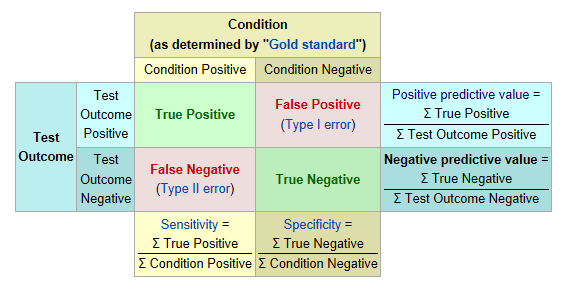drsclafani wrote:Finally it has to do with economics. sometimes patients need to accumulate the funds to move forward with another venogram and must wait it out or actually be unable to continue care.
With an illness this terrible, and with stenoses that can be imaged and seen, I would want to see patients afforded the same care that anyone else with a central venous stenosis would receive, without having to self-pay. It's a terrible situation, for now.
As an insured patient, there is the opposite pressure, to choose to have a repeat procedure sooner rather than later in case insurance is going to pull out the rug from under and stop covering the procedure.
On a separate note: Is plethysmography something you would consider using clinically? Dr. Zamboni suggested at ISET that plethysmography might be of use for post-procedure follow-up monitoring. Dr. Simka is doing a study comparing plethysmography, MRI, and doppler. If that study showed that plethysmography was equal or better than doppler, would you have access to a plethysmography machine? Are they expensive? I do not think there is much training needed. It might be better than doppler at quantifying changes in outflow from before, immediately after, and later follow-ups.


